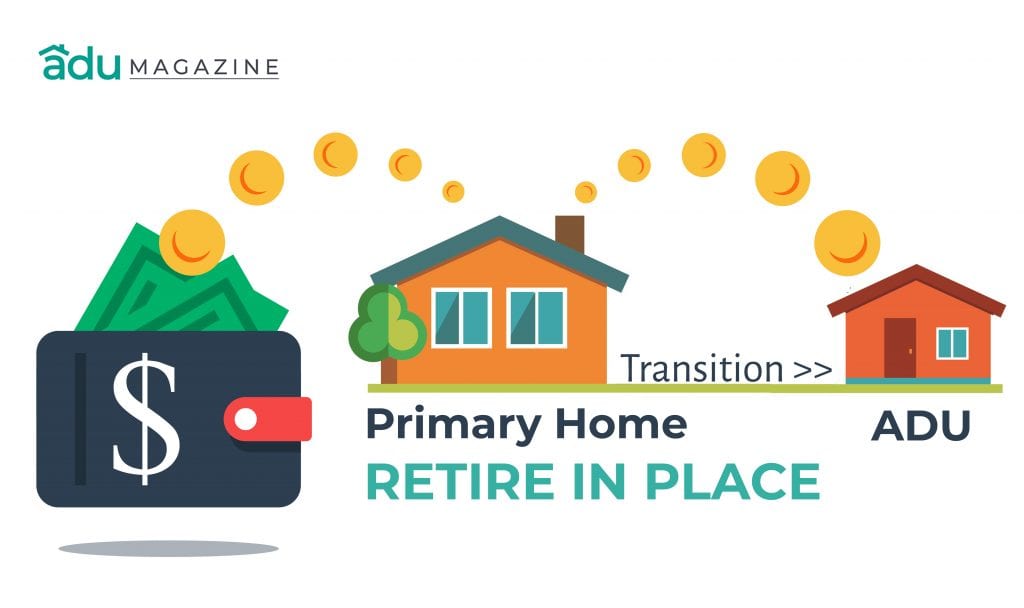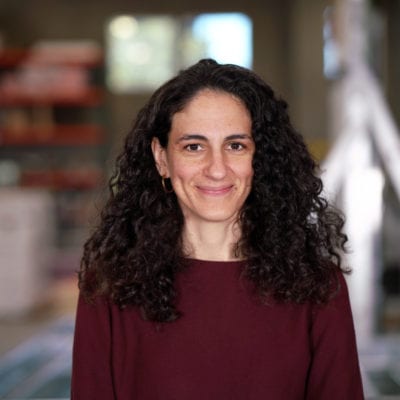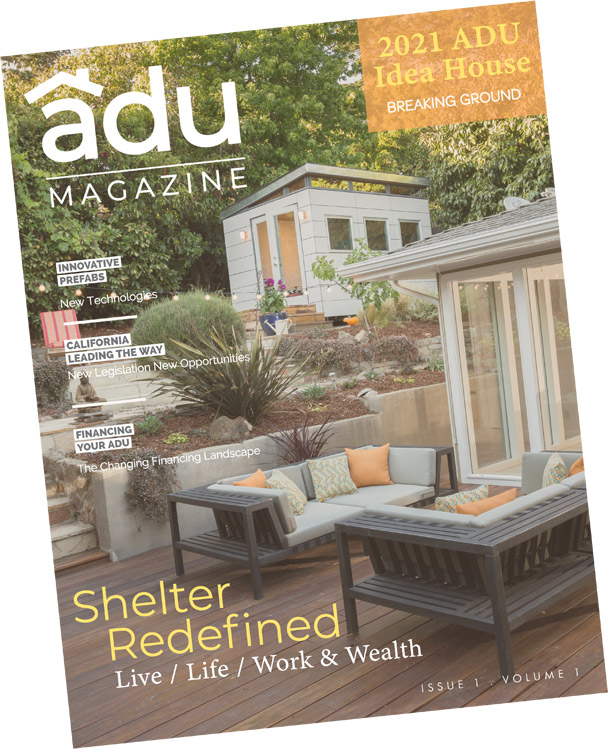Retiring in Place with an ADU
As we get older, we often struggle with maintaining our homes. The requirements of keeping up a bigger residence as we age are often more demanding now than back in our younger years. One of the reasons retirees discuss downsizing as they age.
Additionally, many older homes aren’t designed for our needs as we age. A house that was once good in your 40s and 50s may not be right as you age into your 60s and 70s. The physical requirements of maintaining it and issues like potential slip and fall hazards, stairs, poor lighting, and unfriendly floor layouts are just some of the things that make it harder to remain in our home as we get older.
Still, many of us would prefer to live in our homes and community we are attached to rather than move. In fact, an American Association of Retired Person (AARP) study found that 90% of older adults wanted to remain living in their homes as long as possible.
A common solution to staying in your home longer is to make your home aging in place friendly. Essentially, taking steps to modify and make changes to your home to continue to live there productively and safely into your older years. This effort can be a process that ranges from several minor modifications of your residence to full remodeling or renovation.

Retiring in Place
There is also another option being turned to by empty nesters and retirees: building an ADU.
What we at ADU MagazineTM refer to as Retiring in Place.
In this scenario, an older or aging individual or couple builds an ADU on their property and move from their primary residence to it. They often then rent out the former home / primary residence. The advantage here is that they get to remain in the same familiar community and same property but can move into a more manageable and functional smaller space. One designed and laid out with Aging in Place considerations.
Beyond finding a home that is friendly to them as they age, this has the dual benefit of allowing them to use their former home/primary residence to generate a rental income stream. Something valuable as we reach our retirement years. Because they are keeping the primary residence rather than selling it, they continue to get any equity gains the home earns in the future as they pay down any remaining mortgage or if the house increases in value over time. Often, they also pick up the value from the addition of a new ADU on their property.

In some cases, the income from the rental of their former home can also offset the new ADUs expenses.
And if financing a new ADU is an issue, they might build the unit and rent it out years before needing it themselves to recoup its construction costs. So, the transition doesn’t need to occur immediately. In that scenario, the owner would continue to live in their current primary residence as long as desired and possible (with or without Aging In Place modifications) and have already built the ADU with the intention of occupying it in the future. If timed right, the cost of the ADU could potentially be completely offset before living in it.
It’s an innovative way of Retiring In Place.
The primary residence doesn’t necessarily need to become a rental. The same situation also works if you move your family into the primary home. Children, grandchildren, or extended family can live in the residence and offset costs. In many cases, those family members that would theoretically be in-inheriting the primary property eventually in any case. They are just taking responsibility for maintaining the homes now rather than years later.
Sort of a reverse version of building an ADU on your property for In-Laws to occupy, except, in this case, you would be building it for yourself.
Just as each ADU is unique to its owner and occupants, so are the reasons for creating or building one on your property. And, just as the use of your primary home may evolve over time, so might the function and those living in your ADU change.
Following find some of the most typical reasons why you might build an ADU or JADU.
An additional living space for a Caretaker, Nanny and those that assist or provide services to family.
“In-Law quarters” is perhaps one of the most recognized names and uses for an ADU or JADU.
A dedicated home office or study space is now one of the most in demand hotlist items for homeowners.
Having an ADU or JADU represents a potential rental income stream – one that can be leveraged against your existing primary unit.
Sort of a reverse version of building an ADU on your property for In-Laws to occupy. Except, in this case, you would be building it for yourself.
Having an ADU or JADU allows a young adult child that returns home to continue progressing in their own space while pulling family resources.
An ADU or JADU can be the thing that offers flexibility in a variety of different situations as unexpected temporary housing needs arise.







